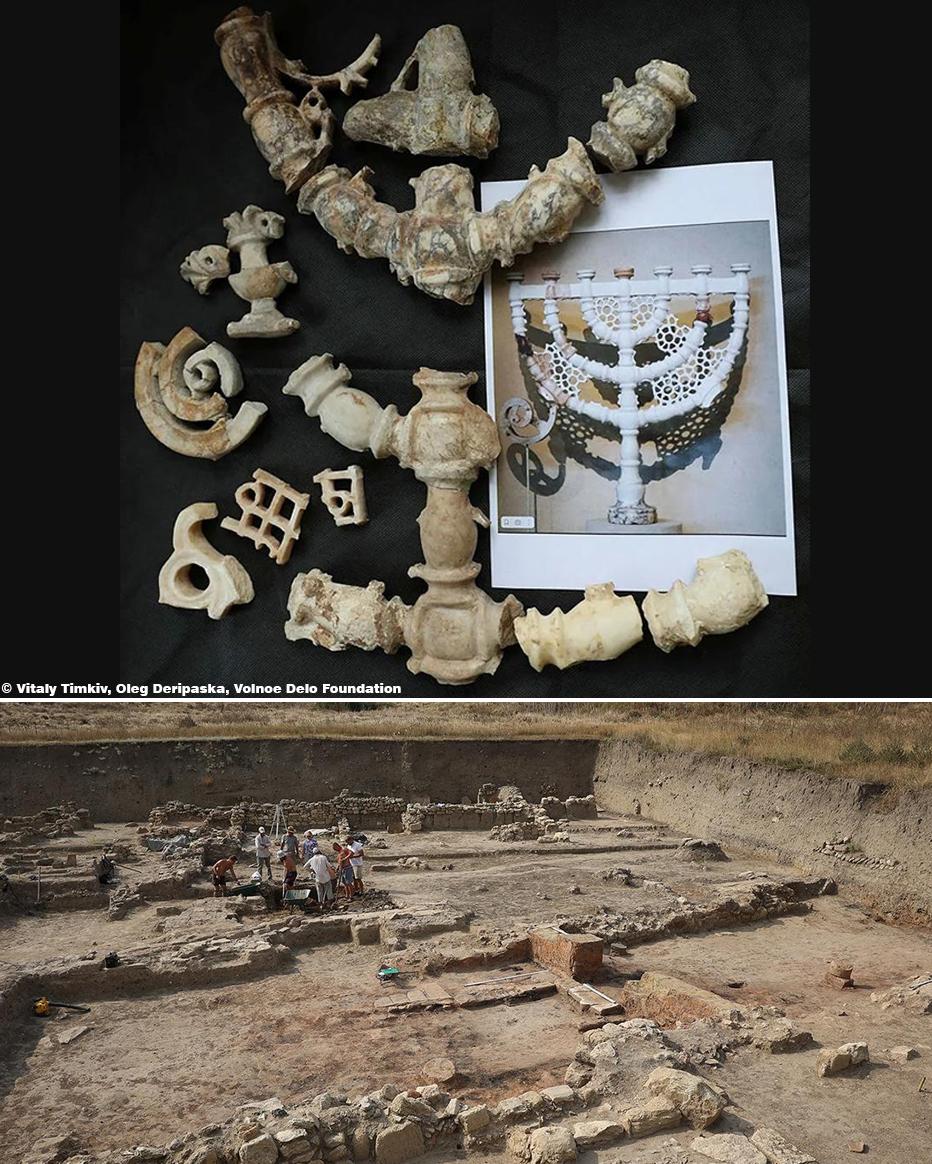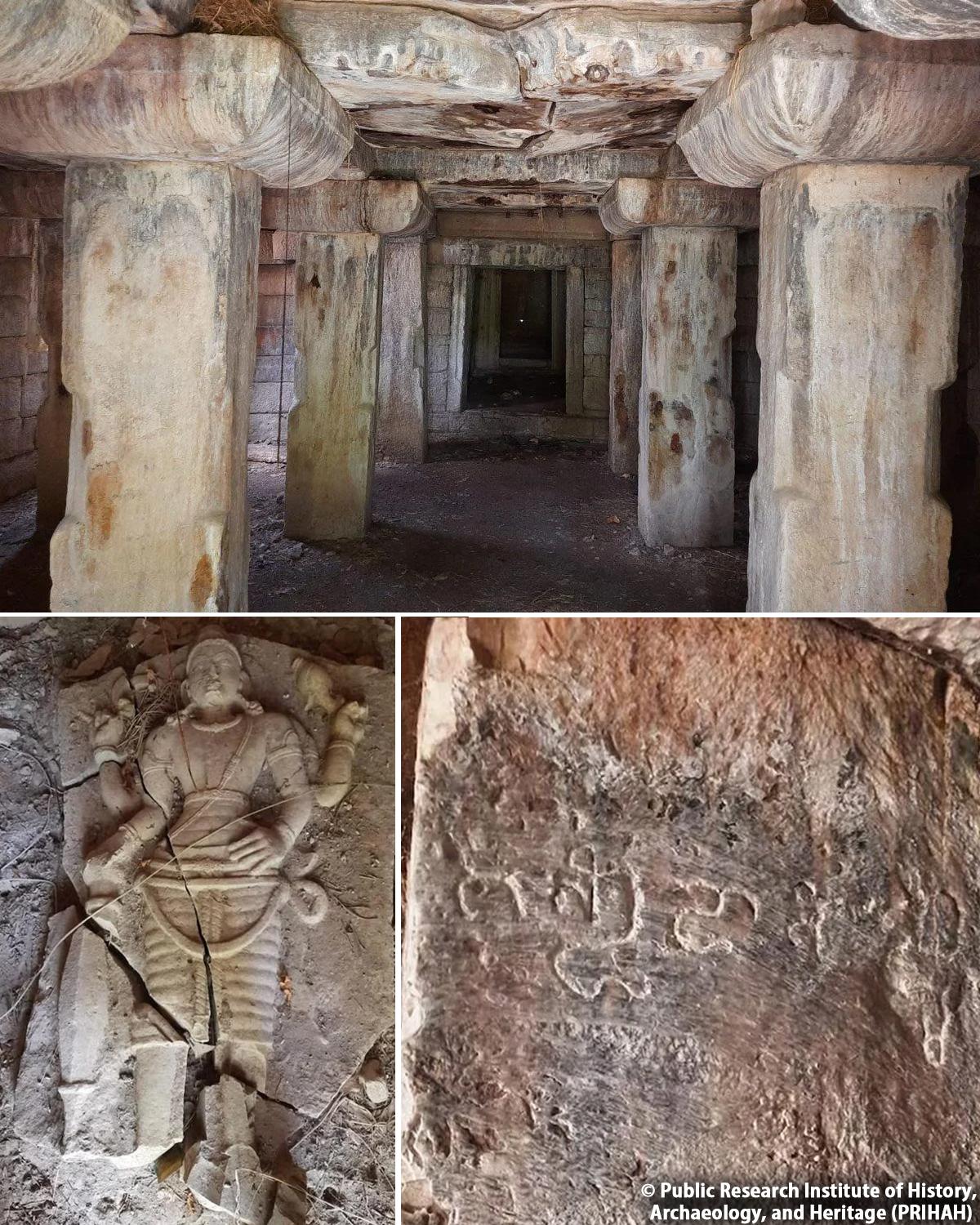The Great Sphinx of Giza, a colossal limestone statue with the body of a lion and the head of a human, has stood as a silent sentinel over the Giza Plateau for millennia. The enigmatic Sphinx, with its gaze eternally fixed on the eastern horizon, continues to captivate visitors from around the world with its majestic presence and mysterious origins.
Carved directly from the bedrock of the Giza plateau, the Sphinx is believed to have been built during the reign of Pharaoh Khafre (c. 2558–2532 BC), aligning it with the construction of the Second Pyramid at Giza. The Sphinx measures an impressive 73 meters (240 feet) long and 20 meters (66 feet) high, making it one of the largest and most iconic sculptures in the world.

The photograph beautifully captures the grand scale of the Sphinx in relation to its surroundings, where it dwarfs even the camels and their riders passing by. This perspective emphasizes not only the monument’s physical size but also its symbolic stature as a guardian of the ancient tombs and temples that populate the plateau.
Over the centuries, the Sphinx has been the subject of countless studies and speculations. Its original purpose and the identity of the depicted Pharaoh remain subjects of debate among scholars. Some suggest that the face of the Sphinx bears resemblance to that of Pharaoh Khafre, whose pyramid and mortuary temple stand nearby, reinforcing the theory of his commission of the statue.

The Sphinx has also endured the harshness of time and nature. From Napoleonic troops allegedly using it for target practice to the natural erosion caused by the harsh desert winds, the Sphinx has lost much of its original detailing, including its nose and ceremonial beard. Nevertheless, restoration and preservation efforts over the years have been pivotal in maintaining its structure and ensuring that it continues to stand as a testament to ancient Egyptian civilization.
The Sphinx’s role extends beyond that of mere monumentality; it is deeply embedded in the cultural and spiritual life of ancient Egypt. It is thought to embody the solar deity Ra-Horakhty, a sun god associated with the horizon, who watches over the Giza necropolis and protects the pharaohs buried there.

Today, the Great Sphinx of Giza remains one of Egypt’s most enduring symbols, drawing visitors from across the globe. Its blend of grandeur and mystery continues to be a source of fascination and inspiration, making it not only a cornerstone of Egyptian tourism but also an enduring icon of ancient ingenuity and spirituality. As visitors and camels alike traverse its vast shadow, the Sphinx offers a direct link to the past, serving as a stone chronicle of Egypt’s glorious history.










